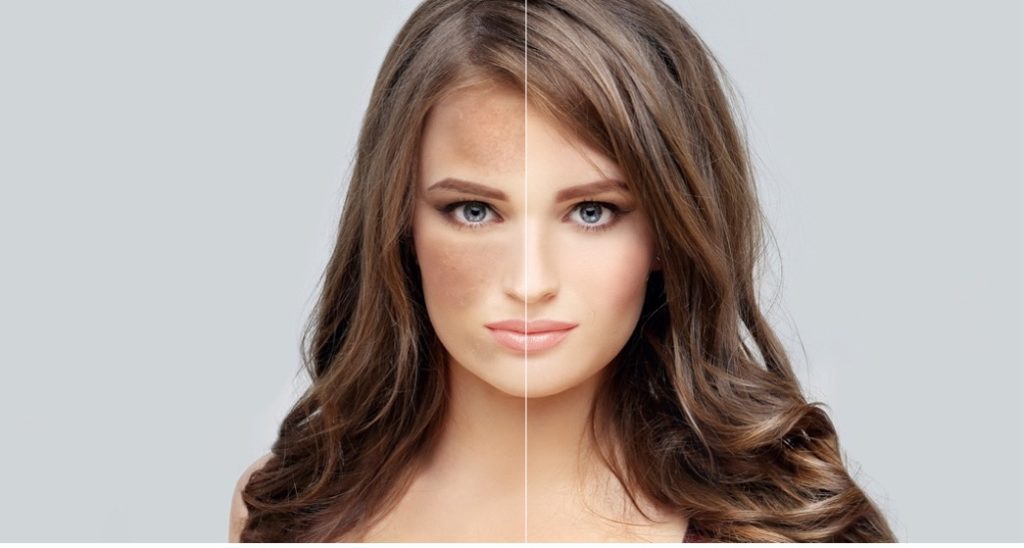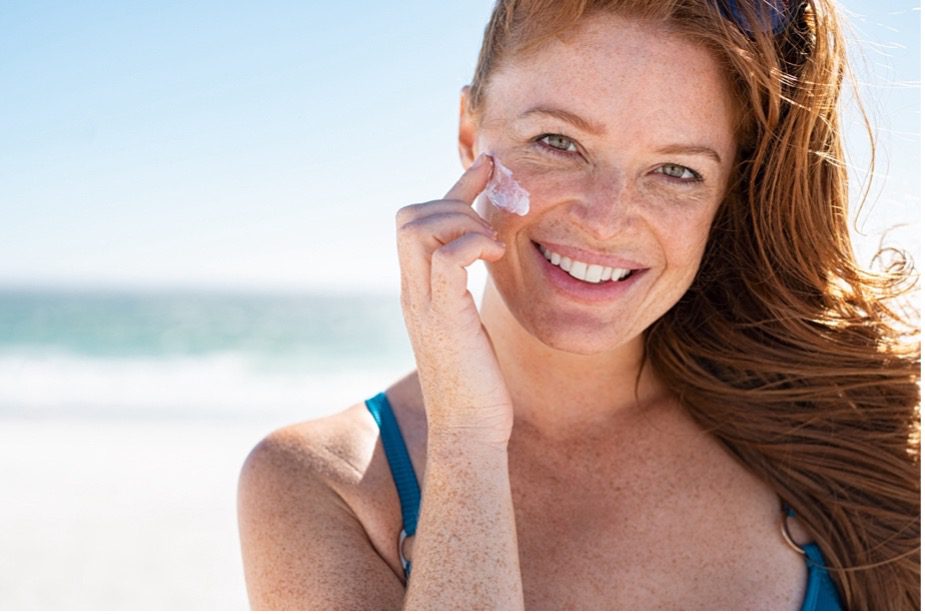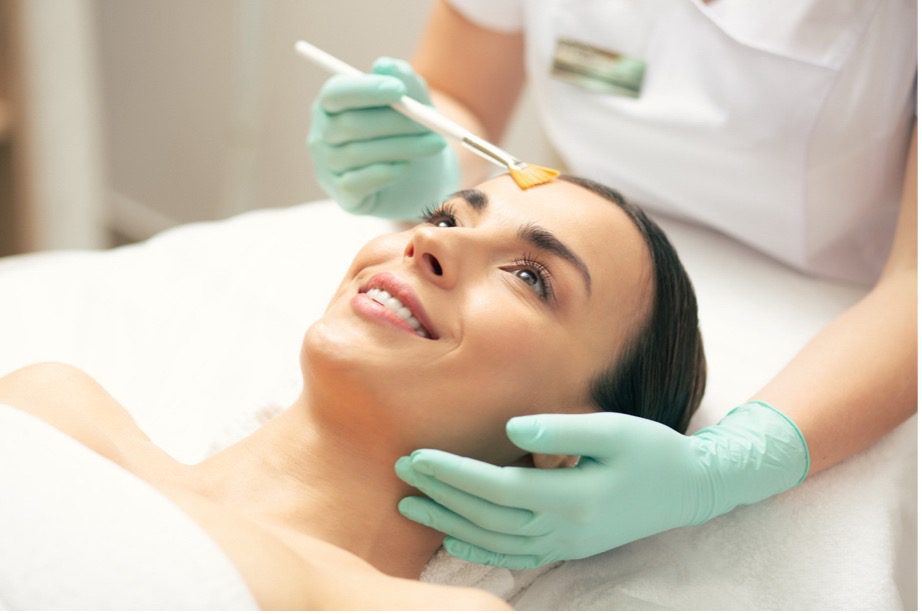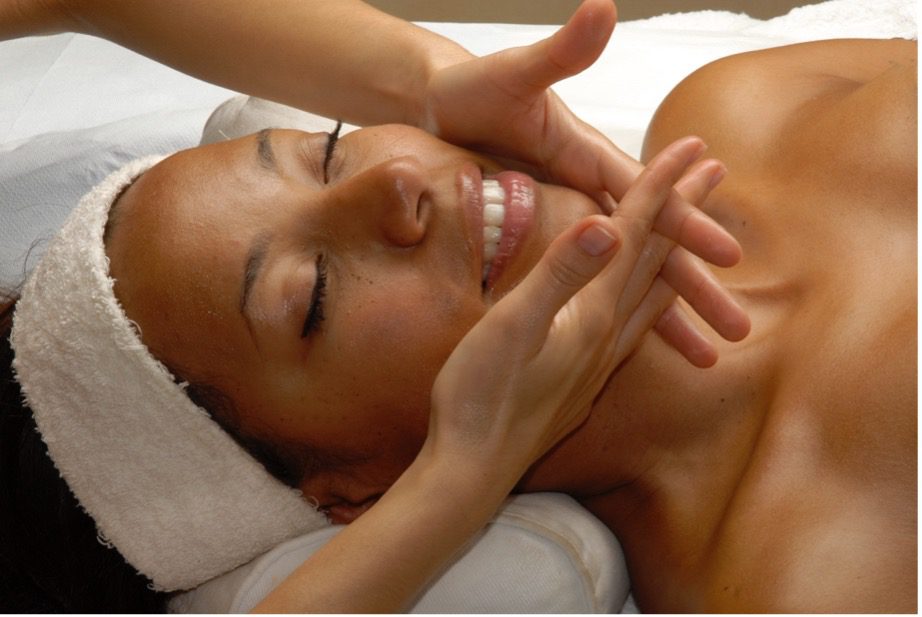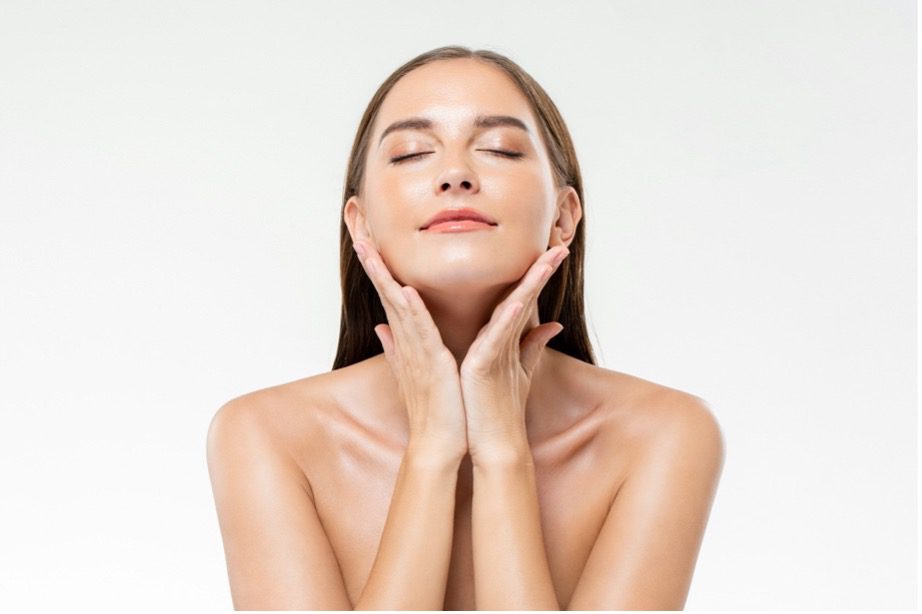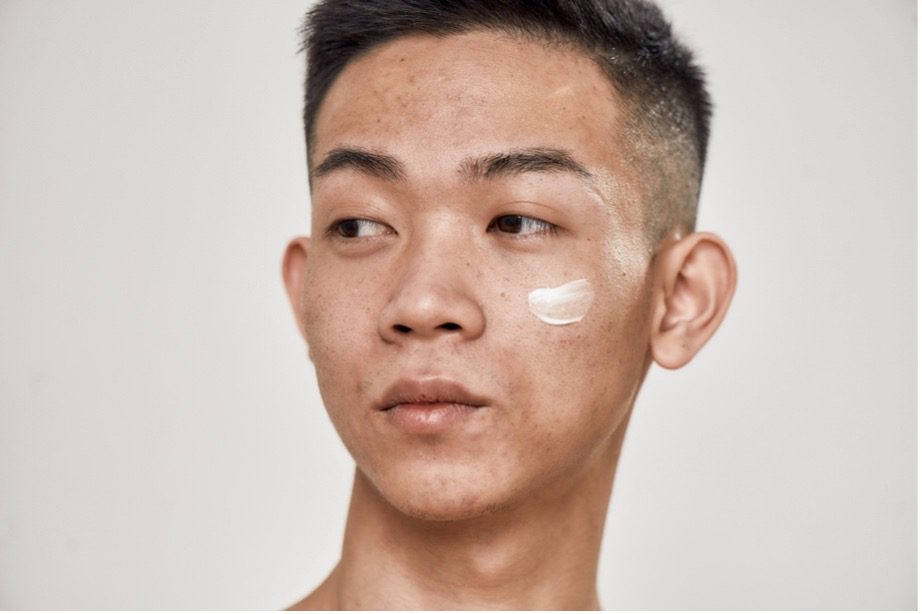
Hyperpigmentation is a skin condition marked by patches of widespread dark skin that can affect both men and women. Although it’s difficult to pin it down to a specific cause, hyperpigmentation appears to have its main roots in factors such as sun exposure, hormonal imbalance, and skin injuries.
With there being different causes for hyperpigmentation, the required approach must be completely tailored to each situation.
Below, we’ve shared our top treatment recommendations.

Unmasking the Shades: Different Types of Hyperpigmentation
As you may expect, there isn’t such a thing as one hyperpigmentation type. If you have this skin condition, the first step is understanding its different variants so that you can choose the most effective treatment to achieve long-lasting results. According to dermatologists and specialists, the most common hyperpigmentation types are melasma, post-inflammatory hyperpigmentation (PIH), and sunspots. Let’s look into each one.
- Melasma is often caused by hormonal changes and manifests as brown or grey-brown patches, usually on the face. It’s frequent among pregnant women and those who take hormonal contraceptives.
- PIH occurs after an injury or inflammation, like acne and affects any skin type.
- Sunspots –also known as age spots or liver spots–, as the name suggests, are caused by extended sun exposure and, for this reason, appear on the face, hands, and other areas easily exposed to sunlight.
Now, each type of hyperpigmentation has its own set of triggers and requires different approaches. For example, due to its nature, melasma may need hormonal treatments or prescription creams; PIH might benefit from gentle skin care targeting inflammation; sunspots often respond well to treatments that address sun damage.
Knowing your “enemy” is then essential for fighting it and, especially, achieving concrete results.

Why is Sun Protection Essential for My Skin?
Everybody should wear sun protection with an SPF of at least 30, and not just during summer or when the sun is out, but all year round, even on cloudy days! This is especially important in preventing and treating hyperpigmentation, as UV rays can either trigger or worsen hyperpigmentation issues. Sunscreen should be a daily must, and it’s essential to pick the right one.
We recommend you choose broad-spectrum sunscreens with the above-mentioned 30 SPF that offer protection against both UVA and UVB rays. Increase the SPF if you have particularly sensitive skin. Remember to reapply the cream every two hours, especially if you’re outdoors, so you’ll benefit from more long-lasting protection.
Of course, sunscreen is not the only product that protects your skin from sunspots and other hyperpigmentation variants; there’s so much more you can do! Here are a couple of handy suggestions:
- When spending time outdoors in the sun, consider protecting your skin by using wide-brimmed hats, sunglasses, and long-sleeved clothing.
- Seek shade during peak sun hours, typically between 10 am and 4 pm.
These are very basic, simple measures; however, you’d be surprised at how effective they are if adopted consistently!

Erase and Embrace: Chemical Peels and Laser Therapy Explained
As we said in the beginning, as serious and self-esteem-threatening as hyperpigmentation can be, it is treatable with the proper tools and expertise. It all comes down to identifying which ones to choose. Chemical peels and laser therapy have been known for years to be incredibly effective professional treatments for this skin condition. Let’s see why in more detail.
Chemical peels, specifically effective for melasma and PIH, involve applying a solution (often glycolic acid) to the skin. This causes the outer layer to peel off, revealing fresher, more evenly pigmented skin underneath. Different levels of chemical peels are available: superficial, medium, or deep, all chosen based on the severity of hyperpigmentation and skin type.
Laser therapy, including Intense Pulsed Light (IPL) treatments, targets pigmented areas with focused light energy, breaking down excess melanin and promoting an even skin tone. It’s a non-invasive treatment suitable for various types of hyperpigmentation and can be personalised to tackle specific issues.
Both these solutions are carried out by professionals like us, who will determine the best course of action for your skin to ensure the chosen treatment is effective and delivers the desired results.

We have curated a selection of facial treatments that have shown remarkable results in addressing this condition.
Obagi Medical and Obagi Nu-Derm Fx System
This is one of the most effective skincare systems globally. Known for the transformative Obagi Nu-Derm Fx System, Obagi Medical targets hyperpigmentation, acne, scarring, and sun damage at a cellular level. The Nu-Derm Fx System, in particular, reduces sun damage, fine lines, wrinkles, and pigmentation, showing noticeable improvements after just a few uses. Obagi remains a leader in skincare health, providing excellent results.
Obagi Blue Peel
The Obagi Blue Peel is a breakthrough in skin rejuvenation, allowing our medical team to customise your treatment with precise control. This peel helps correct not only hyperpigmentation but also wrinkles, scars, and large pores for all ages and skin types. Using trichloroacetic acid mixed with a blue solution removes thin layers of damaged skin, revealing healthier, tighter skin beneath. Our experts will adjust the peel’s strength to suit your skin’s needs, ensuring a well-tolerated treatment. The peeling process begins within five to ten days, promoting new skin growth for clearer, more radiant skin.
IPL Photo Rejuvenation
Our IPL Photo Rejuvenation in Jersey and Guernsey is a highly effective treatment that uses light converted to heat energy to target melanin in sunspots and freckles, effectively treating hyperpigmentation. This treatment improves sun-damaged skin by removing sunspots and reducing redness, resulting in a more even skin tone and smoother texture. Suitable for the face, hands, and décolletage, IPL stimulates collagen production, enhancing firmness. Most of our patients see optimal results with three sessions spaced two weeks apart.

Nature’s Touch: Effective Natural Remedies and Homecare
If, before trying the professional non-surgical treatments we’ve discussed, you feel like trying something more natural or even homecare routines to support your journey towards clearer skin, we have a few suggestions for you:
- Ingredients like vitamin C, liquorice extract, and niacinamide are widely known for their skin-brightening properties and can be found in many foods and over-the-counter products. Vitamin C, in particular, is a powerful antioxidant that can reduce melanin production and improve overall skin radiance, so you definitely want to give it a try.
- Skincare treatments such as gentle cleansing, exfoliation, and moisturising can work wonders on hyperpigmentation. Avoid harsh scrubs and products that can irritate the skin and make your condition worse. Instead, opt for natural products that support skin healing and regeneration.
- Brightening serums, hydrating masks, and soothing creams can make a noticeable difference over time when used consistently.
Why not combine these home remedies with professional treatments? They will improve your hyperpigmentation much quicker!

If you’re interested in booking an IPL session in our cosmetic clinic in Guernsey or our cosmetic clinic in Jersey or learning more about our services, contact us today, and we’ll discuss the best strategy to help you achieve the clear, radiant skin you deserve!

